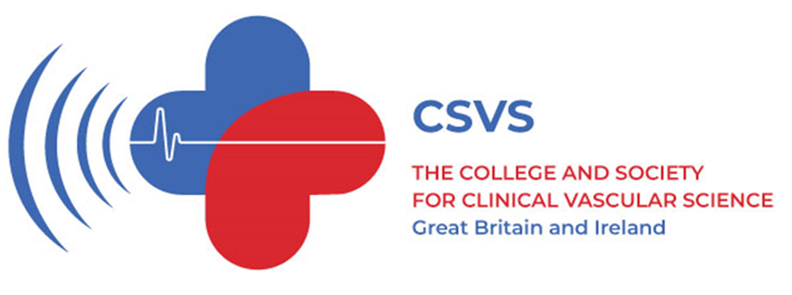Volume 3 Issue 3
Single-centre prospective cohort study investigating the associations and one-year trends of frailty, cognition, disability and quality of life pre- and post-intervention for chronic limb-threatening ischaemia
Introduction Frailty is a complex, dynamic, multi-system health state characterised by susceptibility to significant homeostatic dysregulation from even minor physiological stressors, leading to poor health-related outcomes such as loss of independence and death.1,2 Frailty is present in around half of all individuals with chronic limb-threatening ischaemia (CLTI) and is related to severity of disease.3-5 Among…
Read MoreSHOCkwave lithotripsy for patients with peripheral arterial disease: the SHOCC study
Introduction Peripheral artery disease (PAD) represents a major health problem worldwide, affecting one-fifth of people over the age of 60 in the UK.1–3 It is the most common cause of lower limb amputation.4 Most patients with chronic limb threatening ischaemia (CLTI) and some patients with severe claudication will require lower limb revascularisation, one of the…
Read MoreA rare congenital abnormality mimicking the appearance of a type A aortic dissection
Abstract Type A aortic dissection is a tear in the wall of the ascending aorta and/or arch between the tunica intima and tunica media layers. This is a surgical emergency and requires immediate surgical repair. Aortic CT angiography is essential for classification, assessing extent of the disease and planning the management. An intimal flap on…
Read MoreMotivating Physical Activity with a Walking Exercise Behaviour Intervention and Pain Management Remotely in Intermittent Claudication (MAvERIC): protocol for a randomised controlled feasibility trial
Introduction Peripheral arterial disease (PAD) affects approximately one in five people aged >60 years.1,2 In addition, 40–75% of these people experience intermittent claudication (IC), a chronic manifestation of PAD which commonly presents as limb pain and reduced exercise tolerance.3,4 People with PAD and IC experience disability and impaired quality of life due to reduced physical…
Read MoreA rare case of a dog bite leading to bilateral lower limb amputations
Abstract Capnocytophaga canimorsus is a rare cause of bacteraemia, occurring usually after dog bites, and can have devastating consequences for patients. This report describes the case of a 65-year-old woman who presented acutely unwell 6 days after being bitten on the hand by a dog. She suffered consequences of overwhelming sepsis, disseminated intravascular coagulation and…
Read More- « Previous
- 1
- 2
- 3
- Next »











